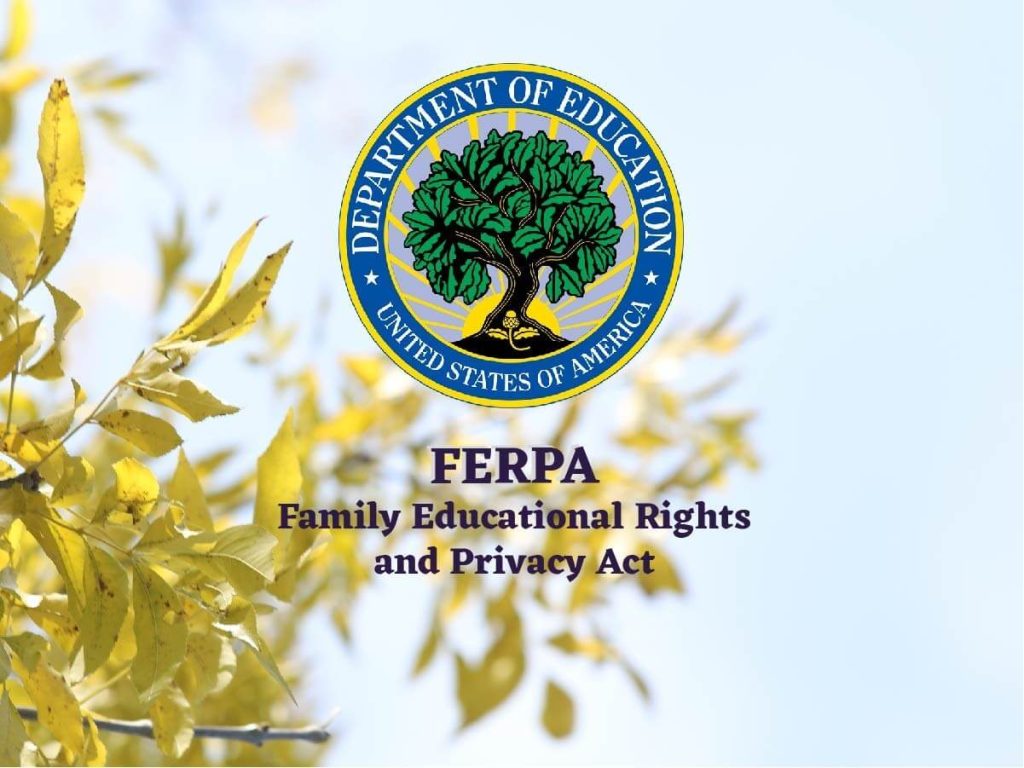What are the basic rules of FERPA?
Student education records are considered confidential and may not be released without the written consent of the student.
As a faculty, staff, or student employee you have a responsibility to protect education records in your possession.
Some information is considered public (referred to as “Directory Information”). This information can be released without the student’s written permission. However, the student may opt to consider this information confidential as well.
Directory Information only includes name, address, telephone number, e-mail address, digitized image/photograph/video, date and place of birth (place of birth not currently collected or available), major field of study, dates of attendance, grade level, enrollment status (e.g., undergraduate, full-time or part-time, admitted, registered, re-admitted/re-enrolled, withdrawn, not enrolled, etc.), participation in officially recognized activities and sports, weight and height of members of athletic teams, degrees, honors and awards received, and the most recent previous educational institution attended.
You have access to information only for legitimate use in completion of your responsibilities as a university employee. Need-to-know is the basic principle.
If you are ever in doubt, do not release any information until you contact the Registrar at 651-631-5239 or e-mail [email protected]
To avoid violations of FERPA rules, DO NOT:
- at any time use the entire Social Security Number of a student in a public posting of grades
- ever link the name of a student with that student’s social security number or ID number in any public manner
- leave graded tests in a stack for students to pick up by allowing students to sort through the papers of all students
- circulate a printed class list with student name and social security number or grades as an attendance roster
- discuss the progress of any student with anyone other than the student (including parents) without the written consent of the student
- provide anyone with lists of students enrolled in your classes for any commercial purpose





